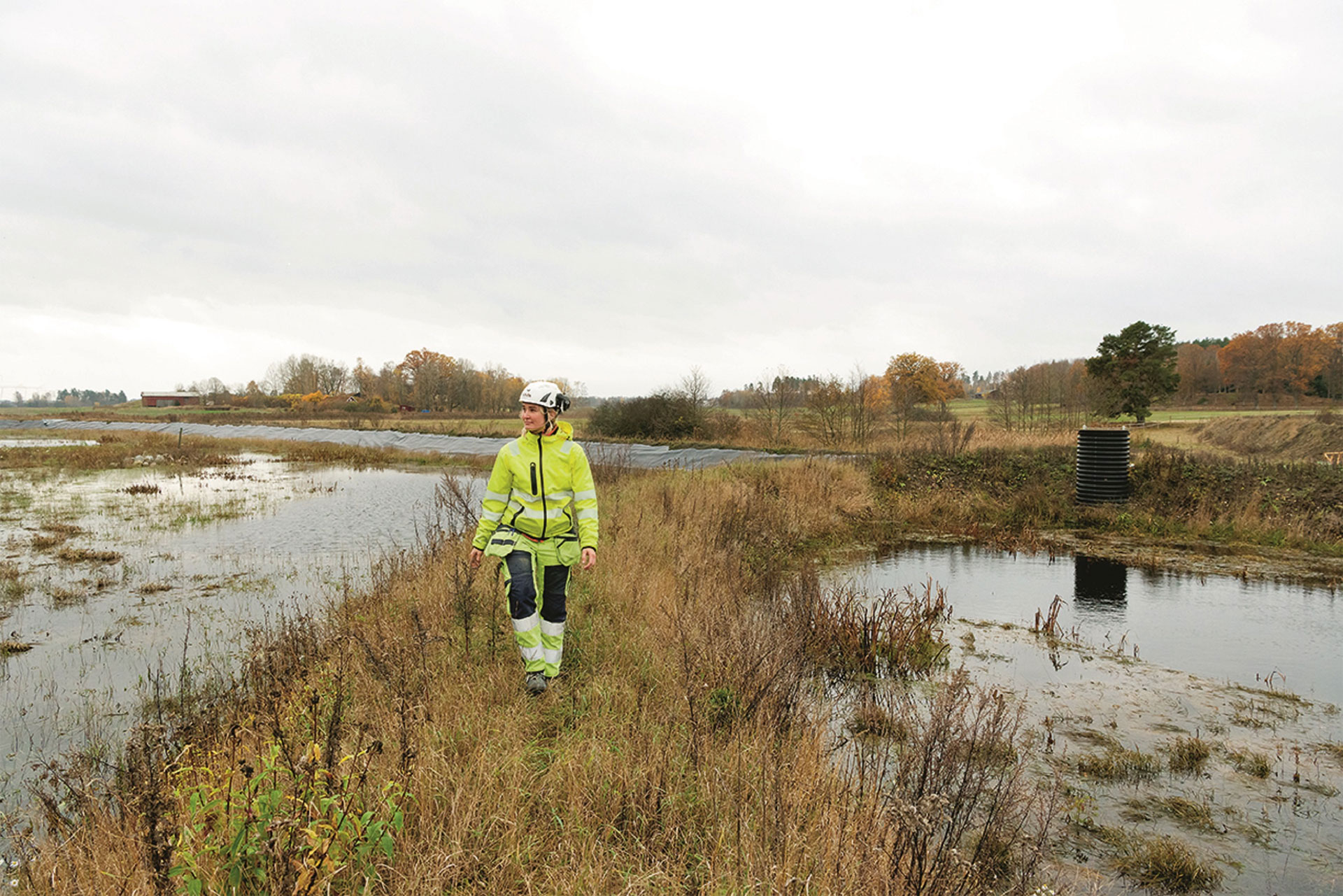Millions of tonnes of blasted stone contribute to biodiversity
Innovative wetland creation enhances local ecosystems
When building an 18-kilometer-long tunnel, you end up with several million tonnes of blasted stone that must be put somewhere. The explosives contain nitrogen, which contaminates the stone. This is exactly the situation in Sweden, where construction is underway on the Stockholm Bypass.
Heidelberg Materials' Swedish aggregates subsidiary has an agreement with the Swedish Transport Administration to carry out the necessary blasting, which includes high demands in terms of keeping excess nitrogen from the environment. When work on the Stockholm Bypass is in full swing, six shiploads per day – equal to 240 truckloads – will transport 12,000 tonnes of blasted stone daily to Heidelberg Materials' facility in Löten, on Ekerö, where the nitrogen is removed from the stone in a way that contributes significantly to biodiversity.
Creating wetlands
Heidelberg Materials receives the blasting stone from Förbifart Stockholm and washes it. The wastewater then contains large amounts of nitrogen. To absorb the nitrogen, we create wetlands, a habitat type that has been progressively lost over time due to human activity. According to the Swedish Environmental Protection Agency, up to a quarter of Sweden's original wetlands have been destroyed through digging and cultivation. As a result, numerous species are displaced as their habitats disappear.
Wetlands are an essential part of the environment and a source of natural purification that removes nitrogen and phosphorous and contributes to increased biodiversity.
Nitrogen is a nutrient, but too much nitrogen in the Baltic Sea can lead to eutrophication and algal blooms. We aim to avoid this with the help of wetlands. In the wetlands, the water will circulate for about two years, so that the plants absorb the nitrogen and bacteria work to convert the nitrogen to nitrogen gas.
Heidelberg Materials has created a six-hectare wetland area divided into three small lakes. There, various plants thrive, such as sword lilies, reeds, and water lilies. Introducing water into the landscape is important for birds, amphibians, lizards and other reptiles, especially when there is a lot of agricultural landscape in the surroundings.
What is the biggest challenge?
Wetlands are a natural system. That means humans cannot control them – they are not a machine. It can take time for plants to establish themselves and begin to flourish. Heidelberg Materials will therefore follow up regularly to ensure that nitrogen meets the desired levels. More plants may need to be added and additional environments created for the bacteria that are present. It is a continuous effort.
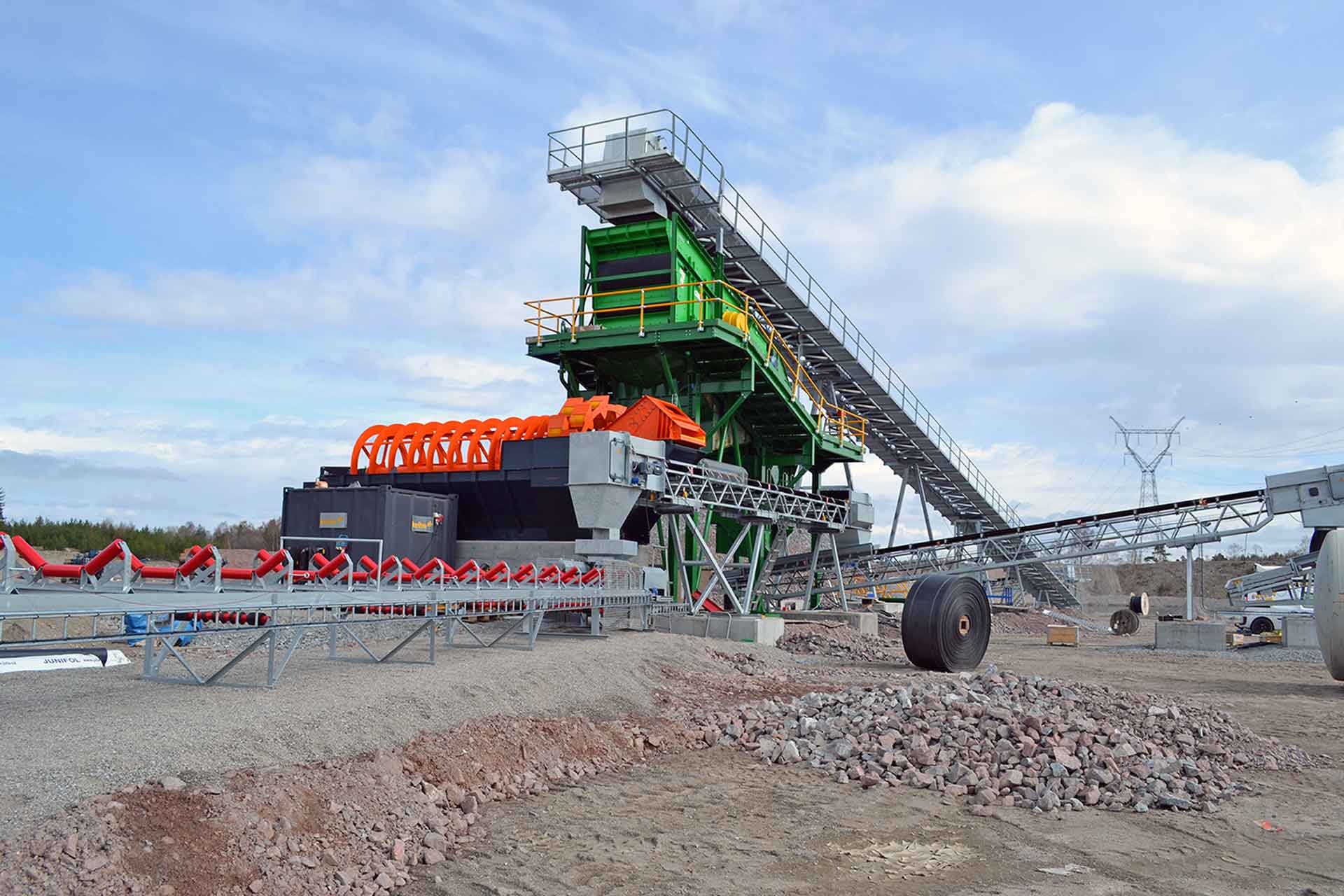
Heidelberg Materials' facility in Löten.
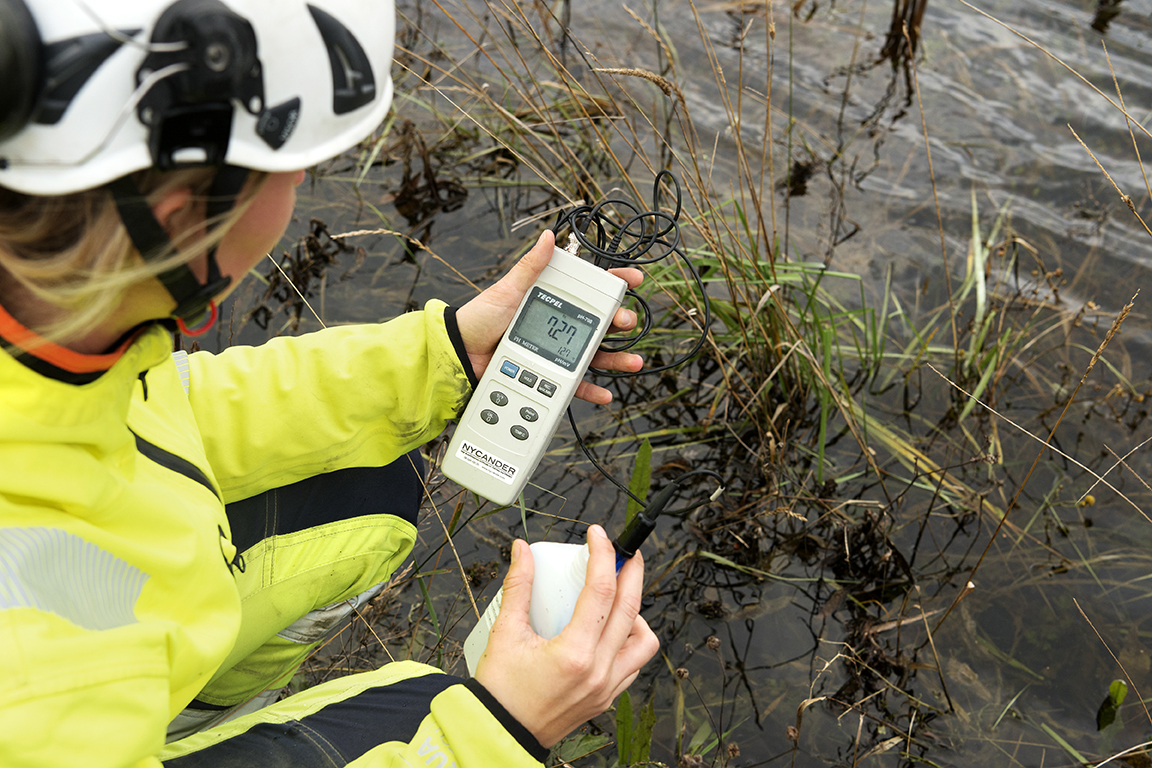
Follow up of nitrogen levels.
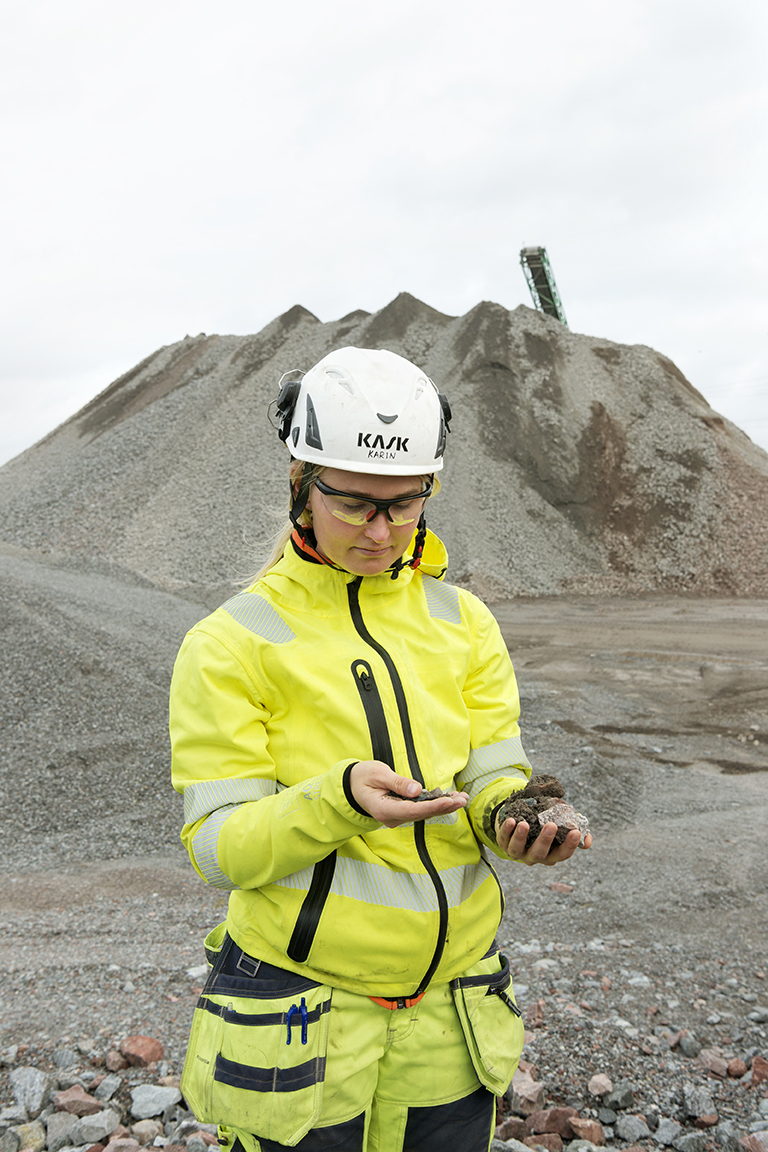
Blasted stone is getting transported to Löten.
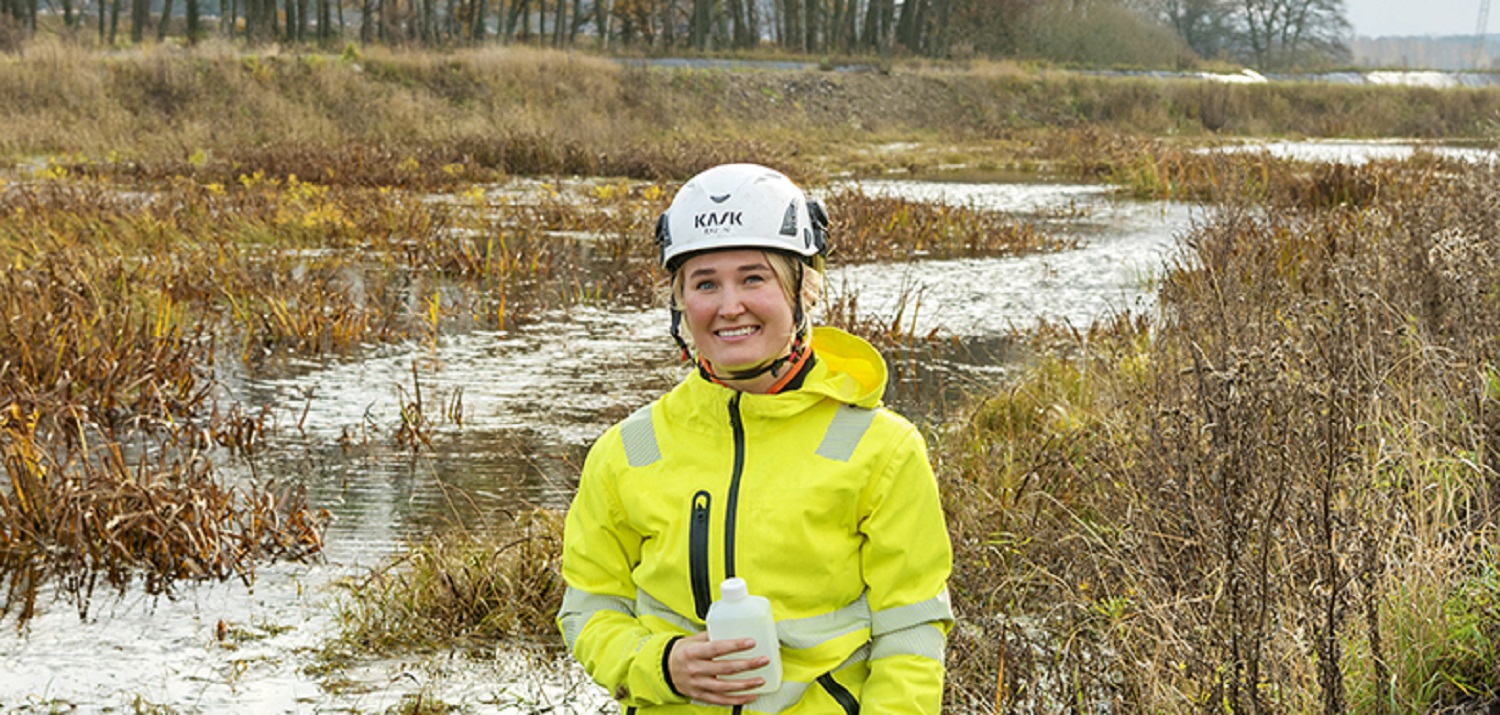
Karin Nilsson in a wetland.

Heidelberg Materials' facility in Löten.

Follow up of nitrogen levels.

Blasted stone is getting transported to Löten.

Karin Nilsson in a wetland.

